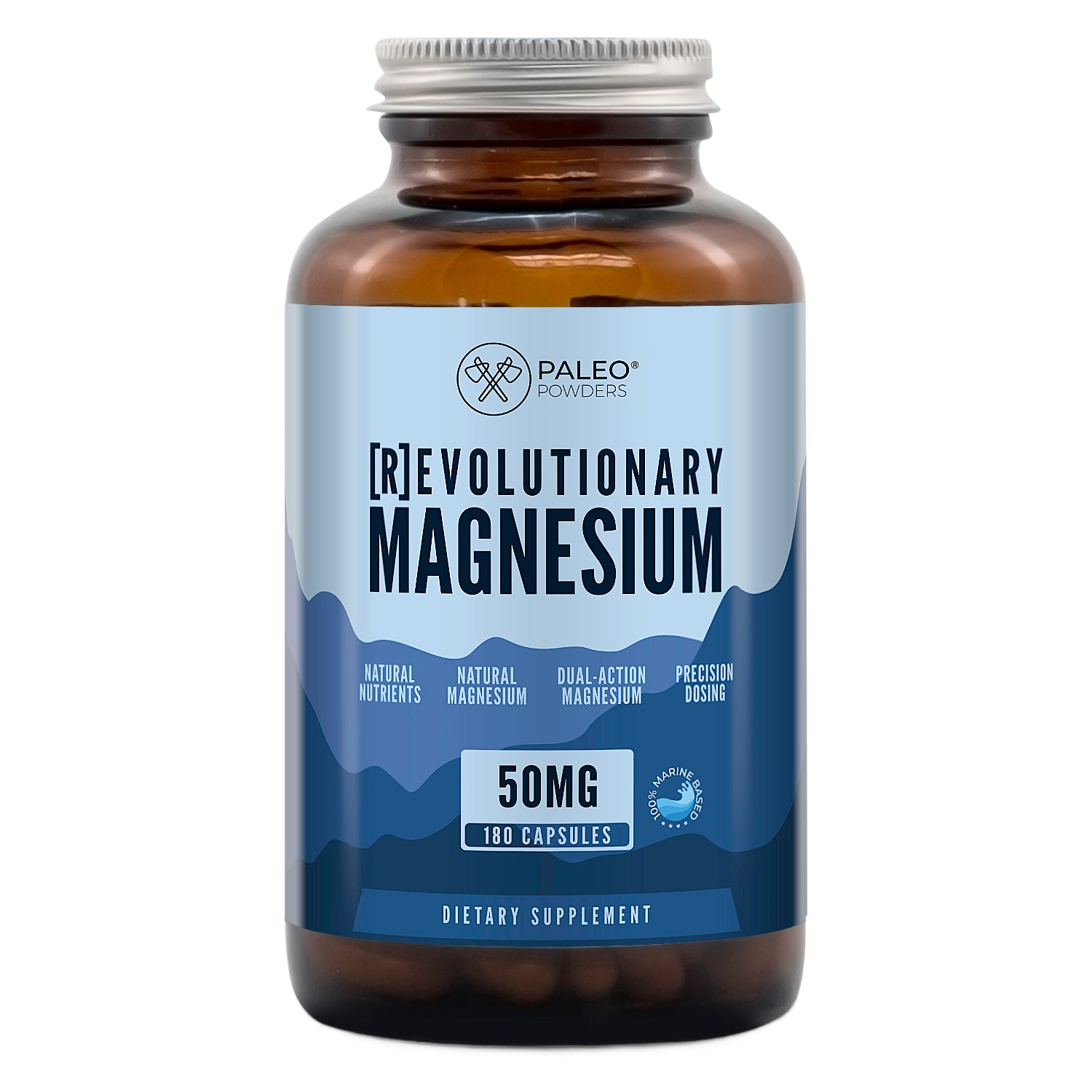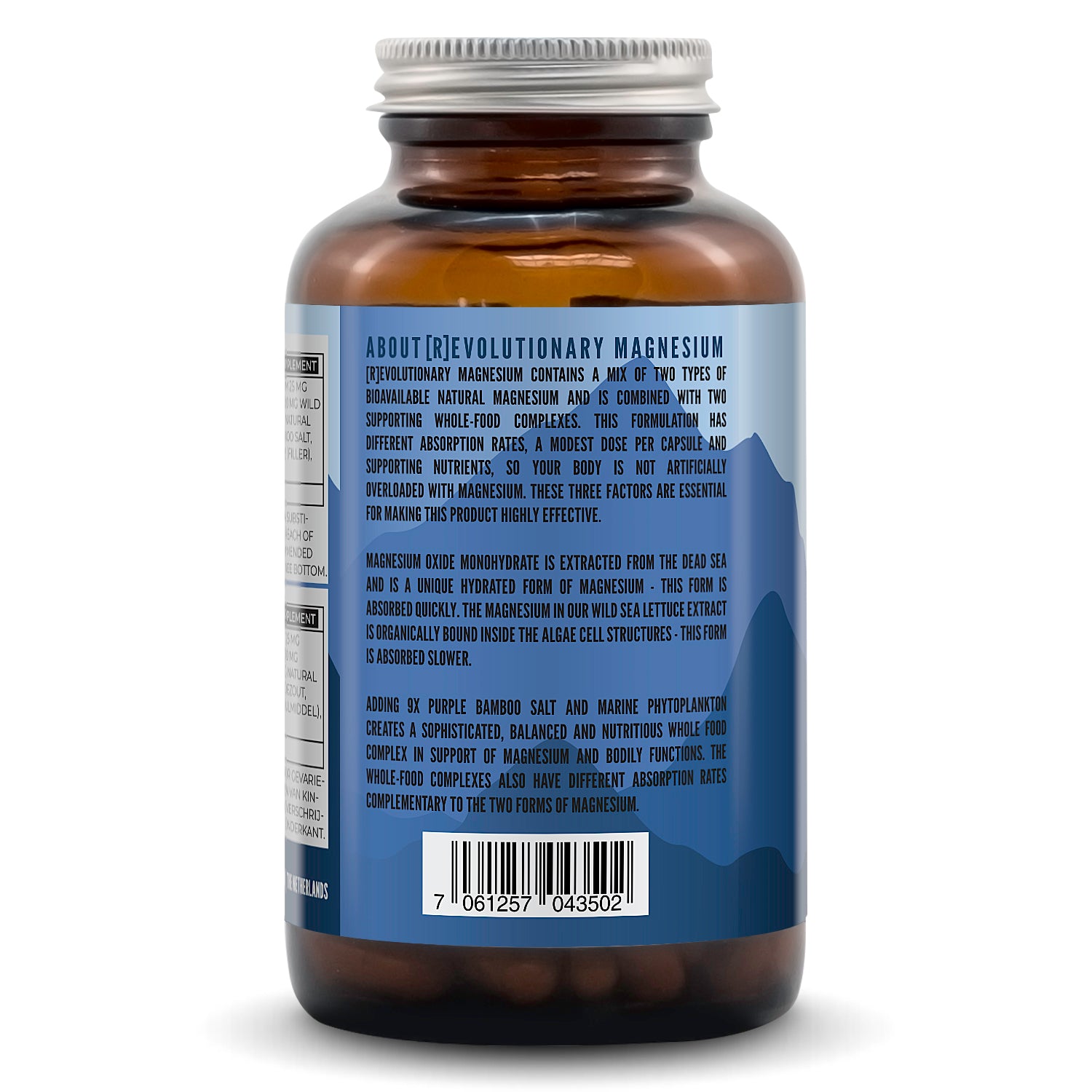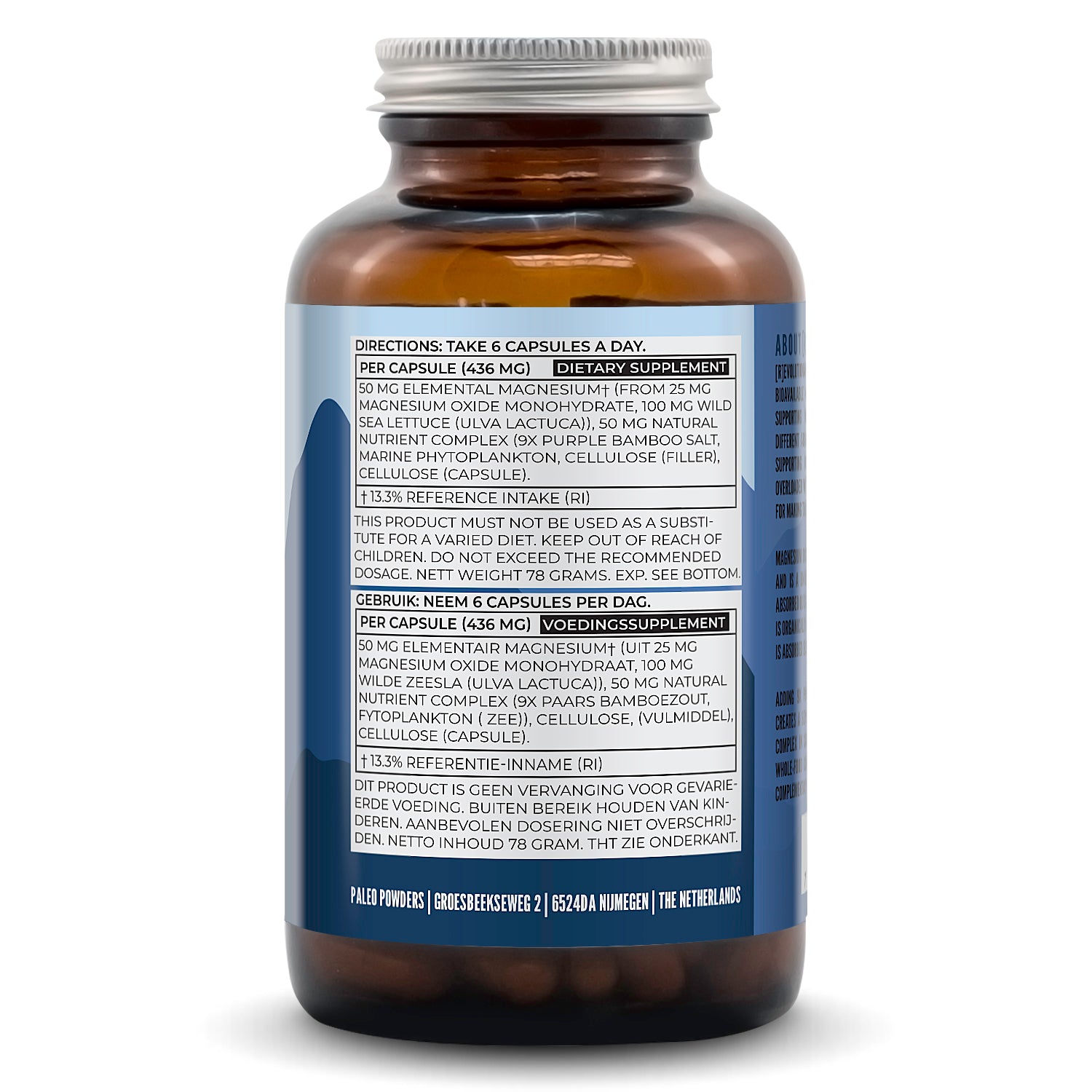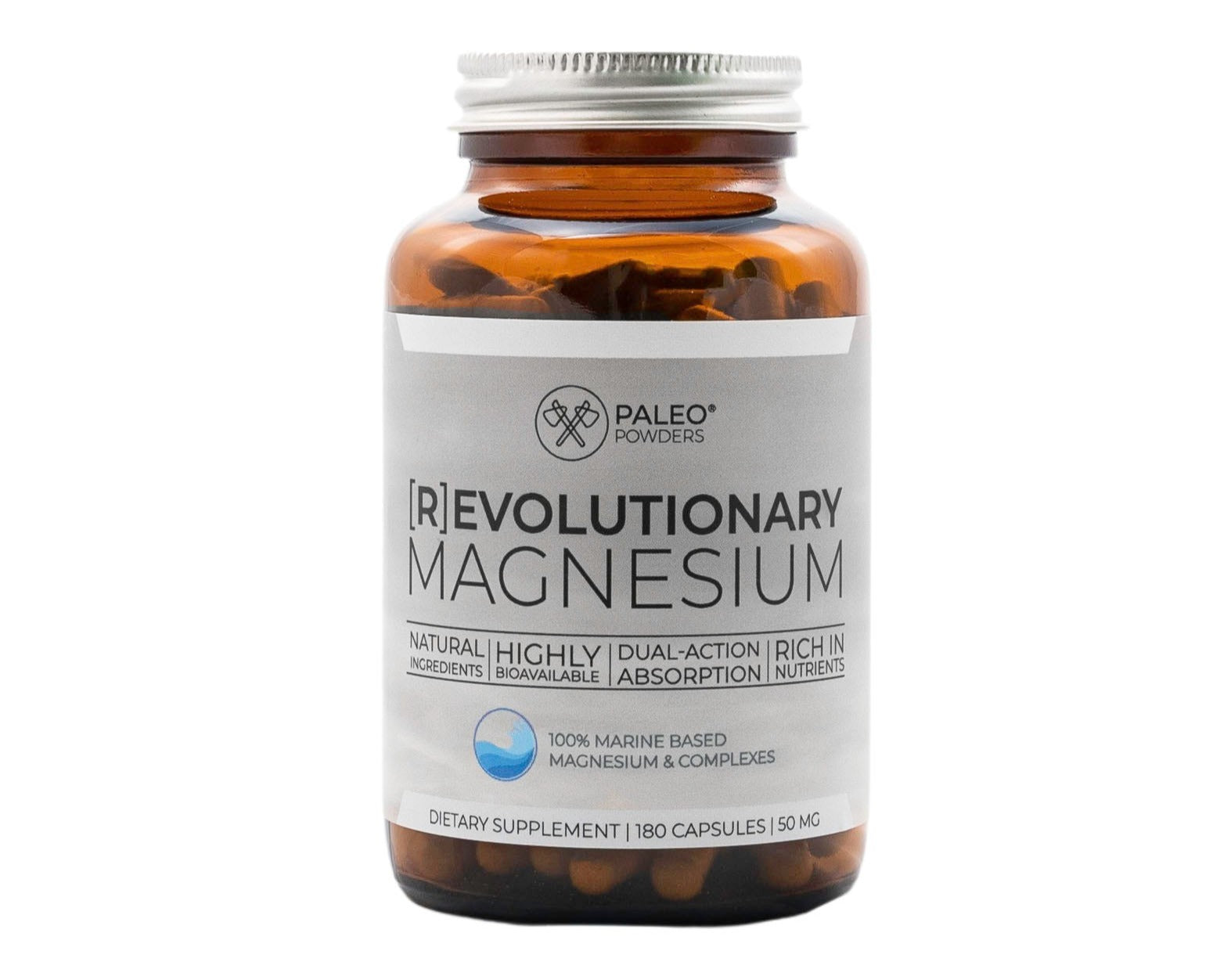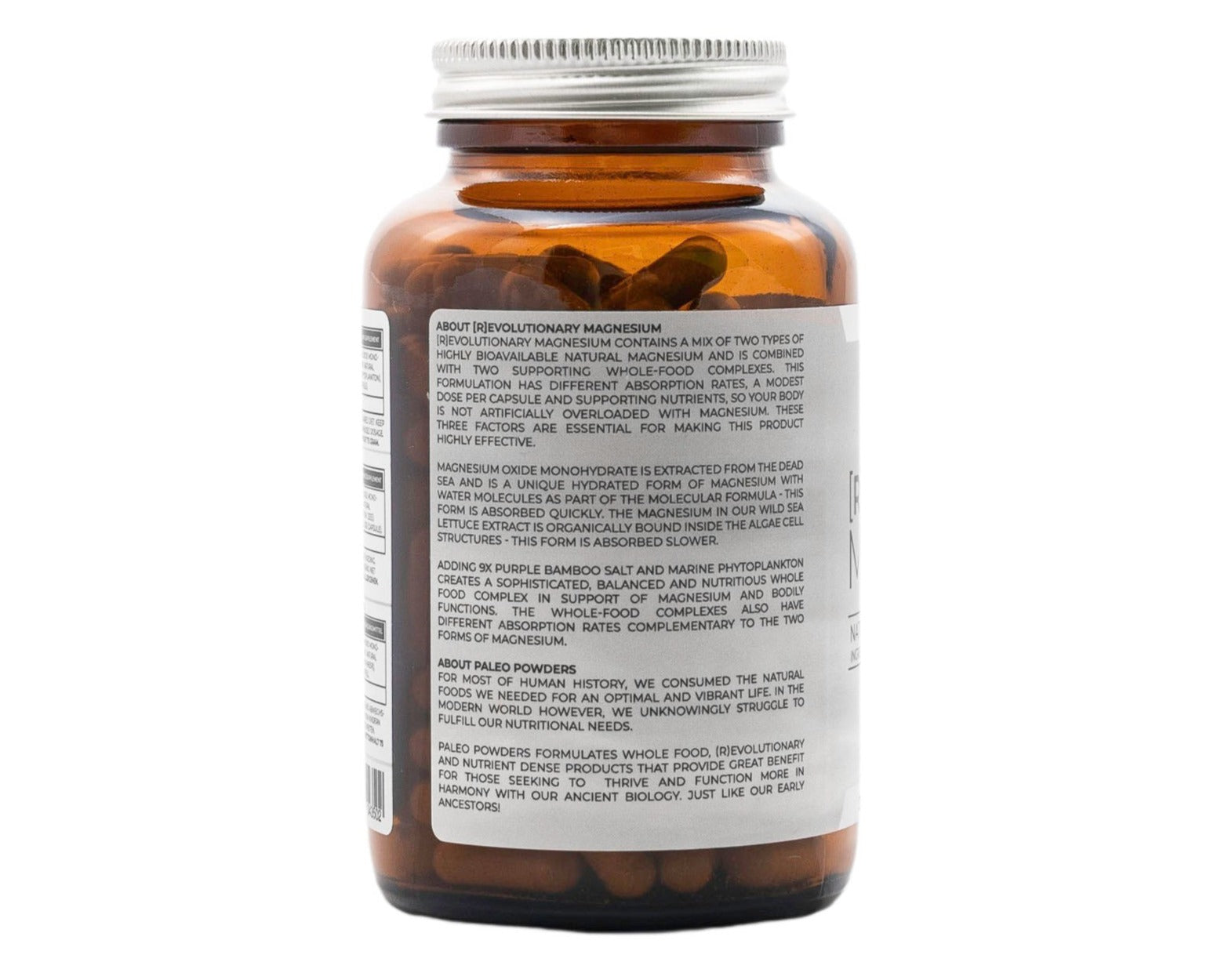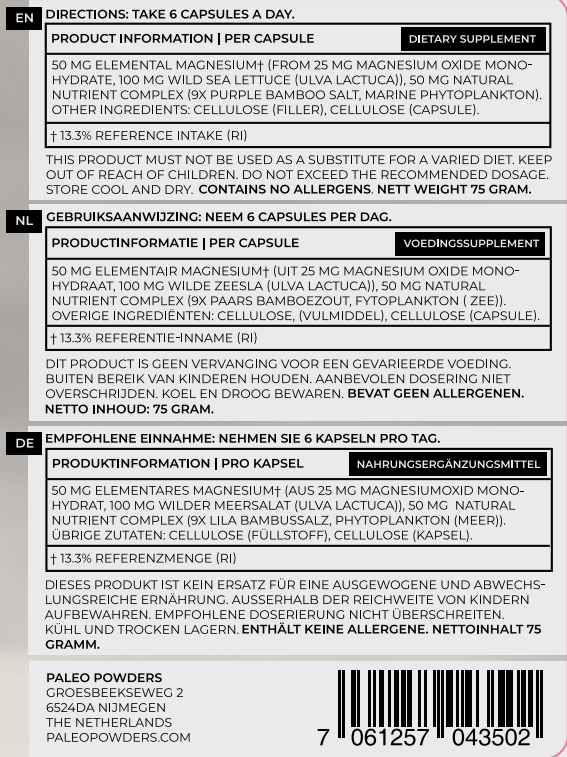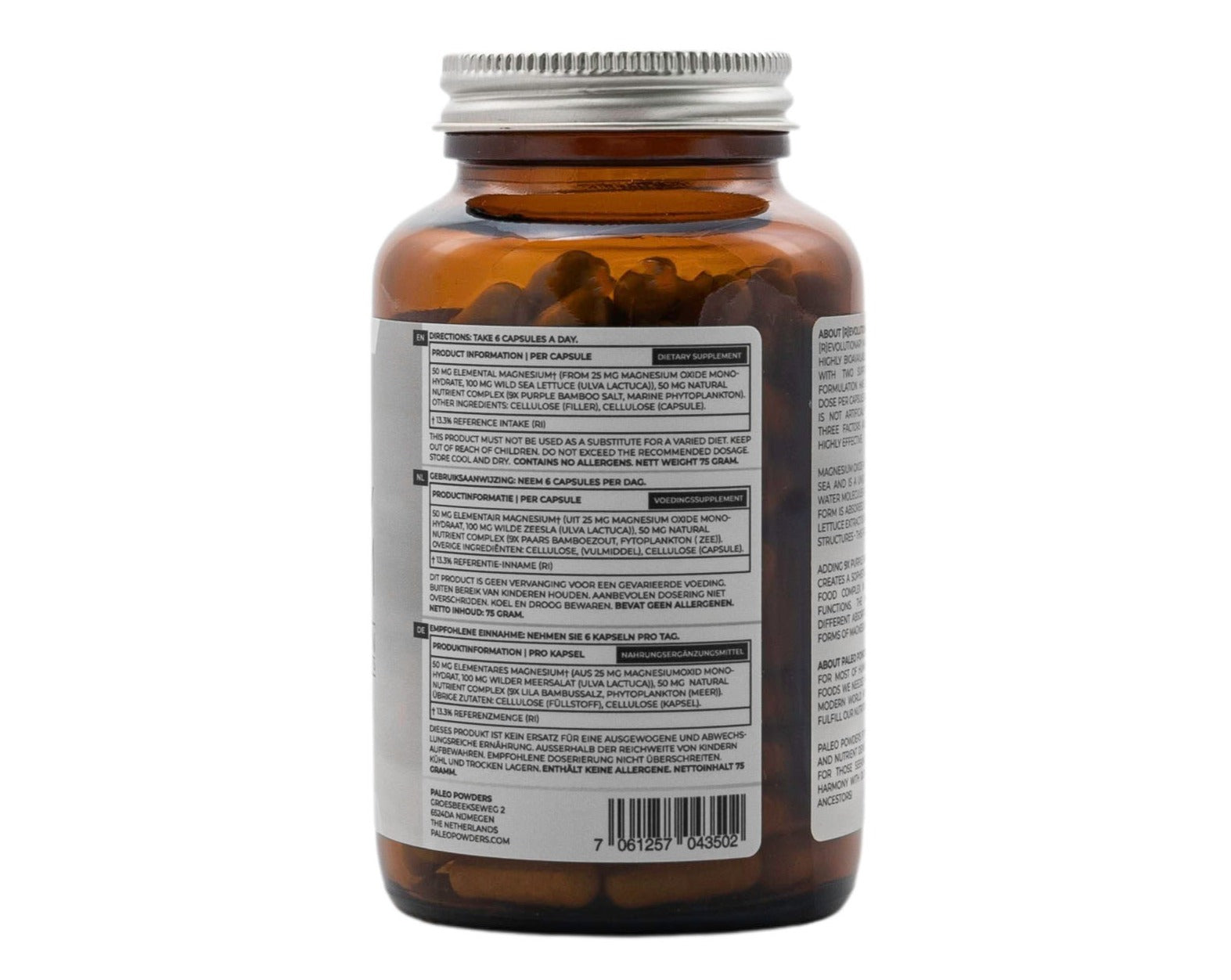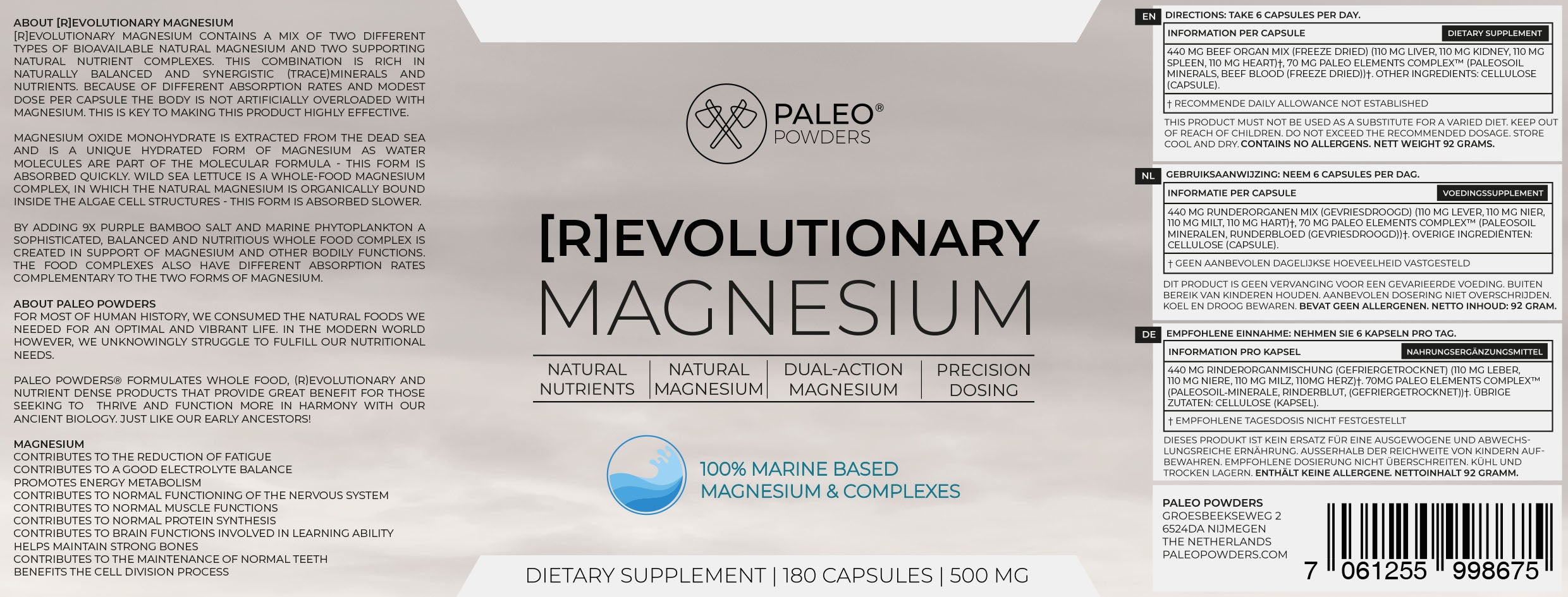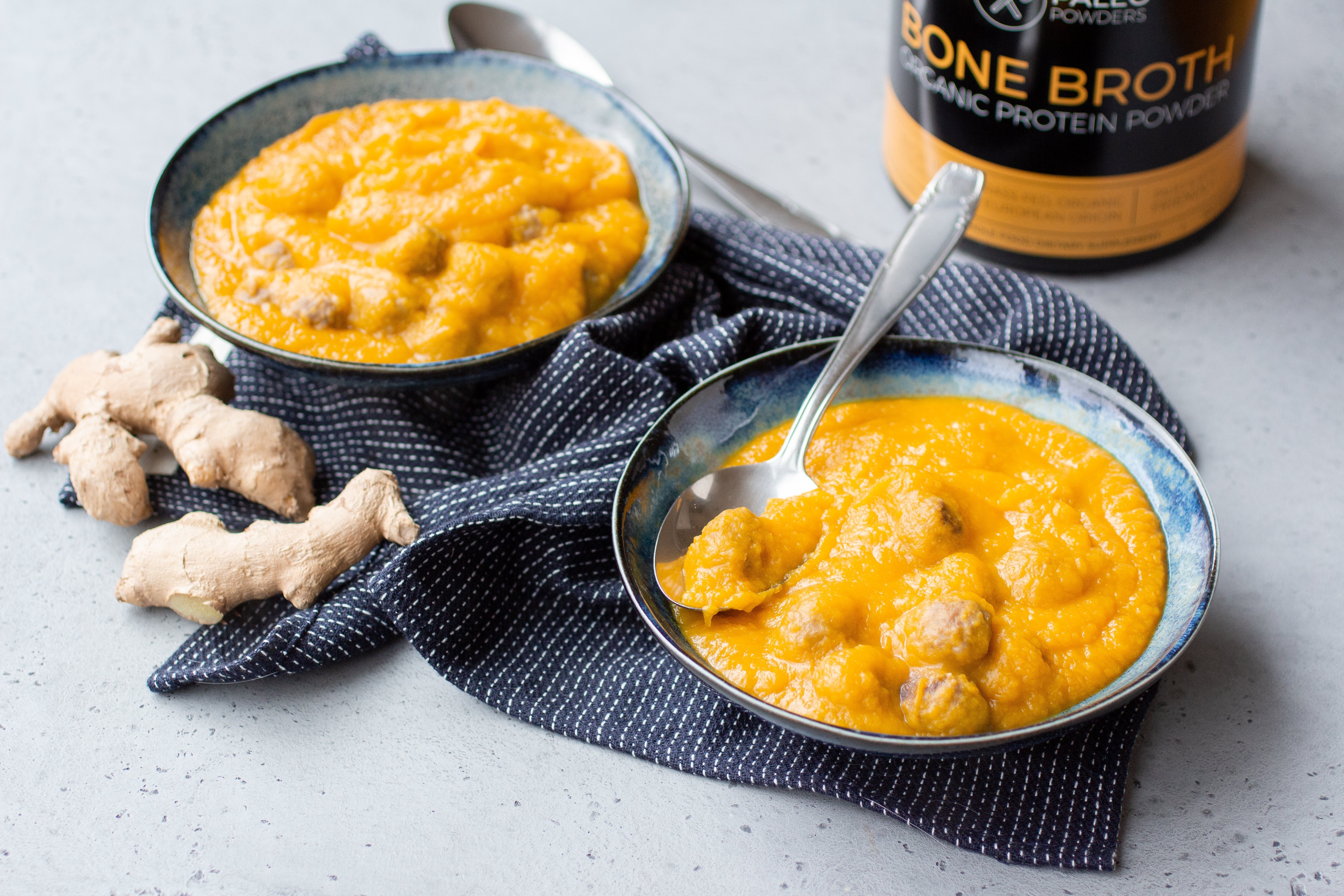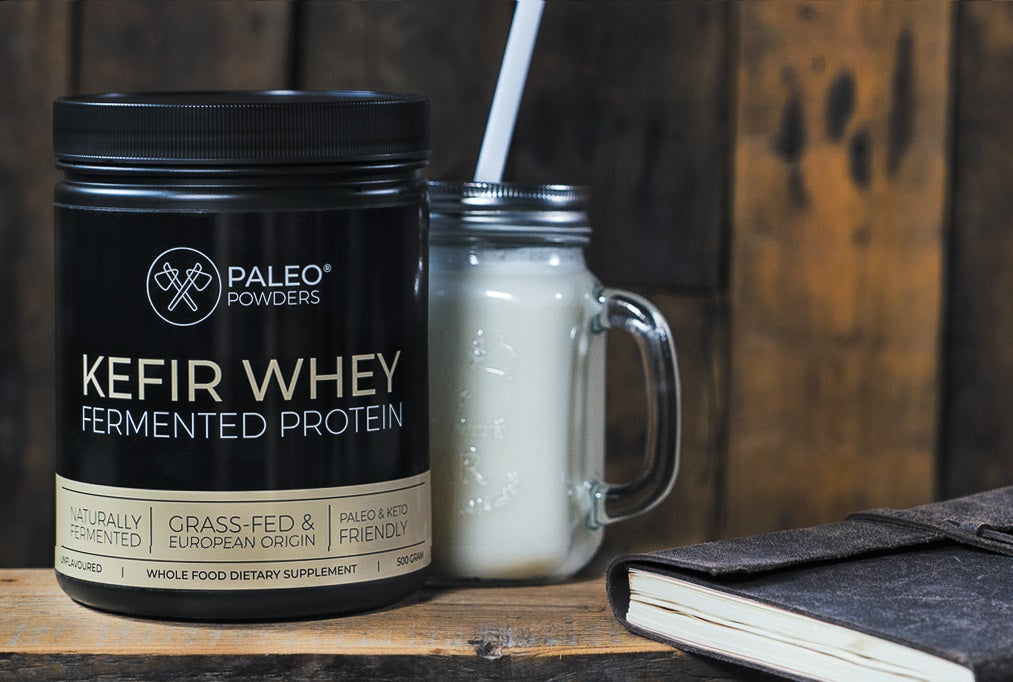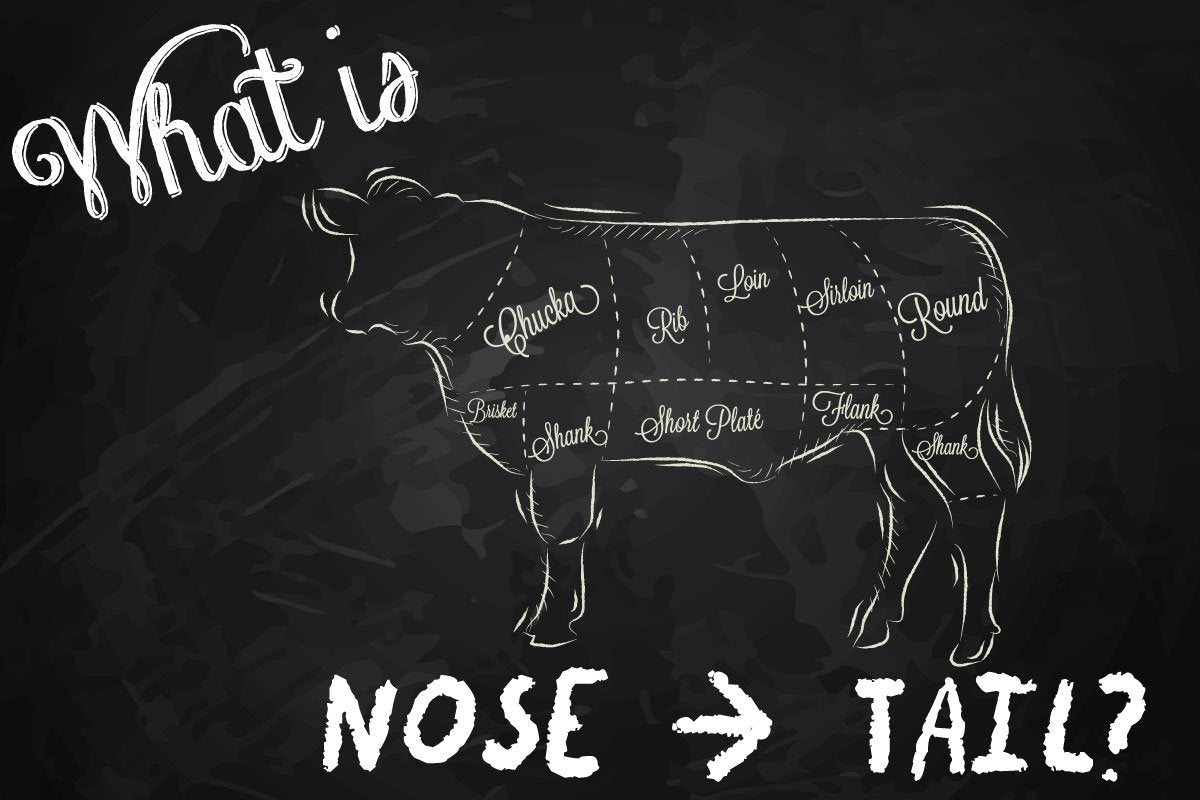
Eating nose to tail - a way to achieve more sustainable meat consumption
What if you could continue to eat animal products (because you enjoy the taste and because they nourish your body) while making your diet more sustainable? That's what the nose-to-tail concept is all about. I'll tell you more about the importance of this concept and you'll also learn how using products like collagen powder and bone broth protein makes implementing the nose-tail concept even easier.
Eating meat or animal products in general has become an increasingly controversial topic in recent years. There are many people who argue that you shouldn't eat meat, usually from a humane and climate perspective. There are also many who argue that we must eat animal products to maintain a healthy functioning body.
As usual, there are pros and cons to both claims and there is scientific research to back it all up. However, I believe that we should eat animal products to stay healthy. Yet I also think it is time to change the way we consume animal products, to make it more environmentally friendly and humane.
How? Enter the nose-to-tail concept.
A very, very old concept that has been forgotten by many, but which has a lot of value. The nose-tail concept is all about using as many parts of the animal as possible. From the nose all the way to the tail. After all, if you're going to kill an animal for consumption, why not honor the animal's life by using as much of its body as possible.
Sounds logical, but that's not exactly what happens for most of us.

Imagine a cow. How many pieces of steak are taken out? Not so much. How about minced meat? Only a relatively small percentage.
Let's break down the average cow into portions of meat. As you will see, much of the animal won't make it to the table for most of us. An animal weighing 550 kg produces a carcass of approximately 340 kg. The carcass is the weight of the animal without blood, skin, head, hooves, intestines, lungs and heart.
Another 18-20% of that carcass is fat and bone, leaving you with just 272kg of meat for processing.
In general, only a very small percentage will end up as steak as we know it (as served in restaurants or what you would find in the average European supermarket).
About 38% of that 272 kg will end up as ground beef and the rest will turn into various cuts of meat. These are the “cuts” that you occasionally turn into beef stew, only when it is cold outside, but not used as much as ground beef (also in sausages and burgers) or regular steak.
A quick calculation will make you realize that there is a very large part of a cow that you just don't eat regularly. That means many more cows have to be killed to keep up with your meat consumption. After all, you can't tell a cow to eat more steak.
Don't worry: I'm not going to tell you to eat more liver, stewed kidneys or heart steaks. I mean, you can certainly do that if you want, but it's not the most important part of the nose to tail concept.
The most important part of the concept is to use more parts of an animal than you currently do. It's not about doing it perfectly or eating parts you don't want to eat.
Think about how easy it can actually be to eat more parts of an animal. What if you made beef stew once a week instead of just in the winter? What if you made bone broth regularly (your intestines will certainly thank you for that, but that's a topic for another time)? Or maybe you can use tallow (beef fat) to fry or roast your vegetables. You may even want to use talc in homemade cosmetics such as face cream or soap.
Maybe you're the kind of person who's just happy to put a meal on the table every day. One that doesn't come from a takeaway and contains vegetables. Where do you actually find the time to make that beef stew or to look for other cuts of meat than the average supermarket offers? Or maybe working with bones or larger pieces of meat doesn't appeal to you at all (there's an ewwww factor for many).
Fortunately, there are people who have made that so much easier for you. You could start using bone broth protein in soups or shakes. You can add collagen to drinks, smoothies and more. Most of the beef collagen actually comes from the skin — a part you'll probably never eat, but which can be very useful for adding more protein to your diet.
It's a simple, healthy way to eat less meat without missing out on essential amino acids to build muscle and keep you functioning the way you want.
By Marinka Bil, certified Mind Body Eating coach
Magnesium - 100% Natural - 180 capsules





